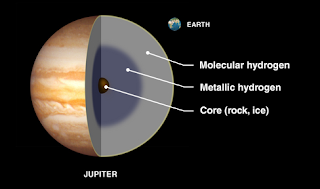Saturn
Name: Where does it come from?
Its name comes from the Roman Saturn god.
Characteristics
Saturn is the sixth planet of the solar system,
the second in size and mass after Jupiter and the only one with ring system visible from our planet. It is part of the so-called outer or gaseous planet. The most characteristic aspect of Saturn are its brilliant rings. Before the invention of the telescope, Saturn was the furthest known planets and, at first glance, it did not look bright or interesting. The first to observe the rings was Galileo in 1610, but the low inclination of the rings and the low resolution of his telescope made him think at first that it was about large moons.
62 satellites
51 satellites with name
Titán, Ercélado, Mimas, Jápeto, Dione, Real, Tetis, Pandora, Febe, Hiperión, Jano, Pan, Helena, Prometeo, Epimeteo, Atlas, Telesto, Calipso, Dafne, Metone, Palene, Pollux, Paaliaq, Ymir, Kiviuq, Albiorix, Anthe, Siarnaq, Ljiraq, Narvi, Greip, Bebhiorin, Hyrokkin, Skoll, Aegir, Skadi, Surtur, Tarvos, Erriapo, Thrymr, Mundilfari, Suttungr, Farbauti, Bestla, Loge, Bergelmir, Fenrir, Fornjot, Tarqeq, Jarnsaxa, Kari.
There are only eleven satellites without a name.
Funfact
Christian Huygens, with better means of observation, could in 1659 observe clearly the rings. James Clerk Maxwell, in 1859, mathematically demonstrated that the rings could not be a single solid object but should be the clustering of millions of smaller particles. The particles that make up the rings of Saturn revolve at a speed of forty-eight thousand kilometers per hour, fifteen times faster than a bullet.




















